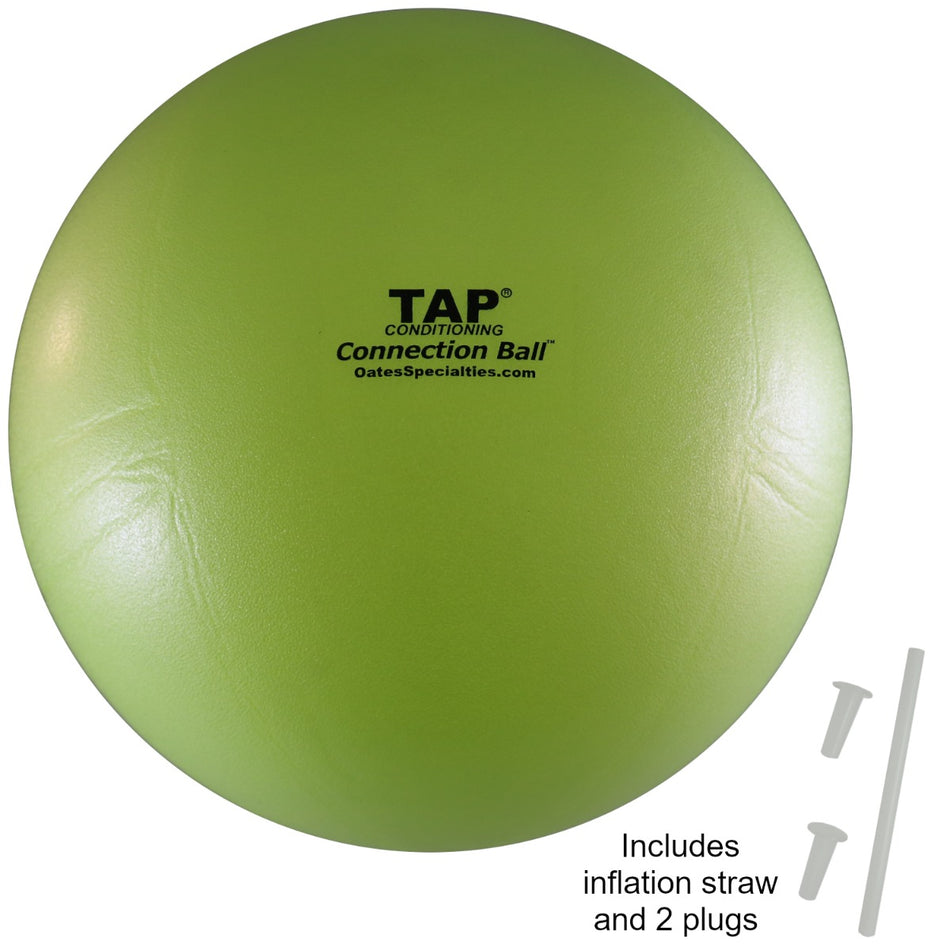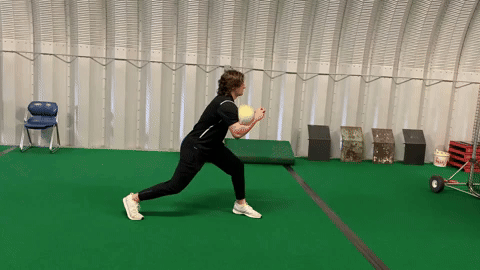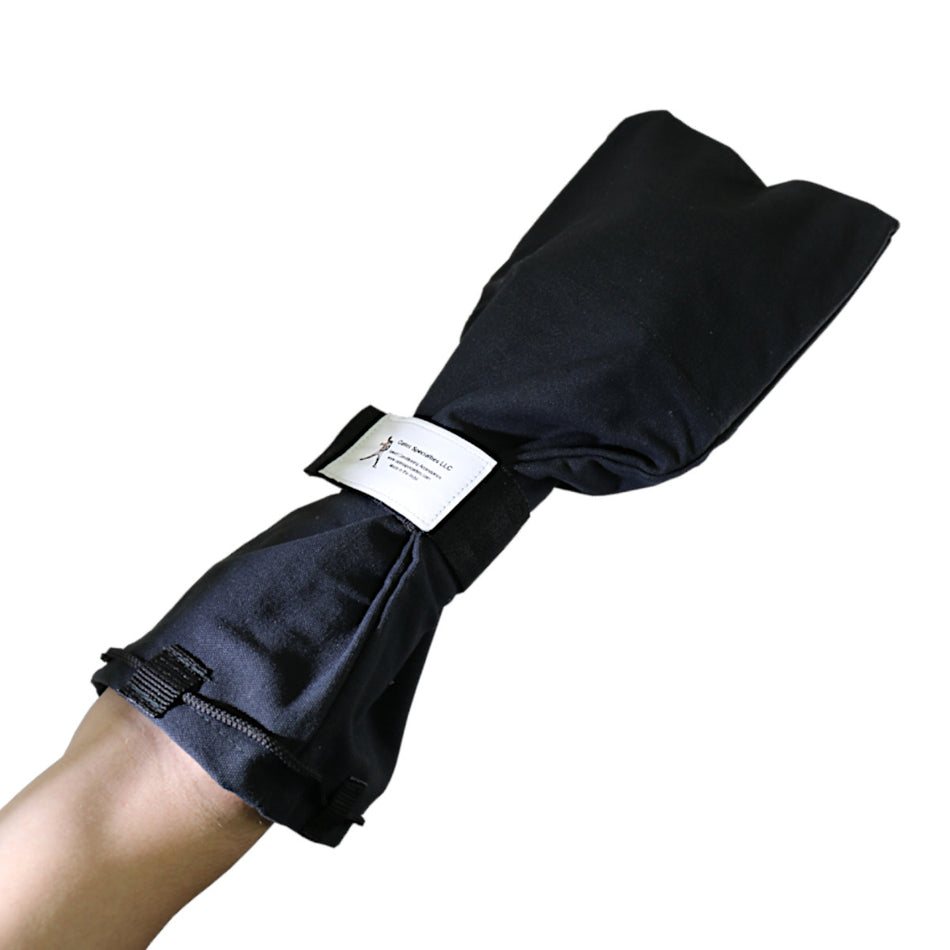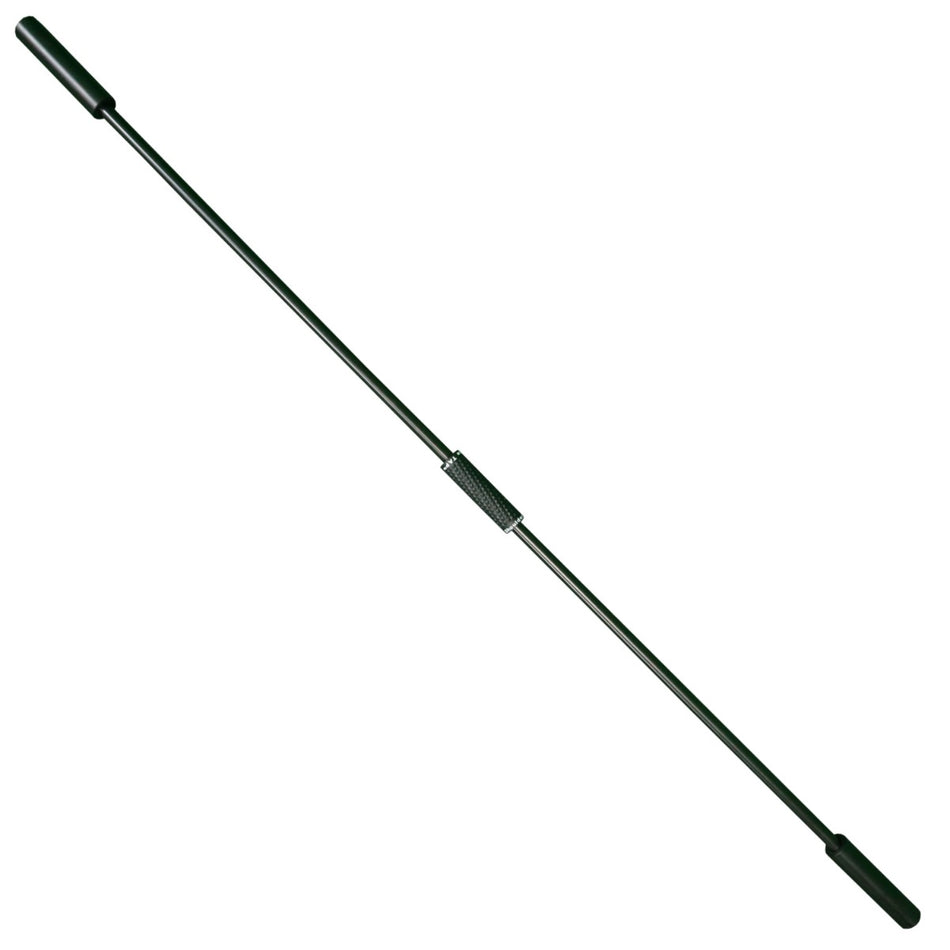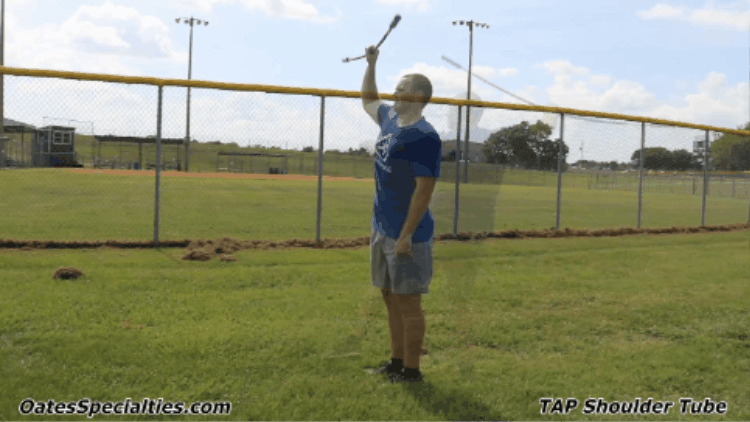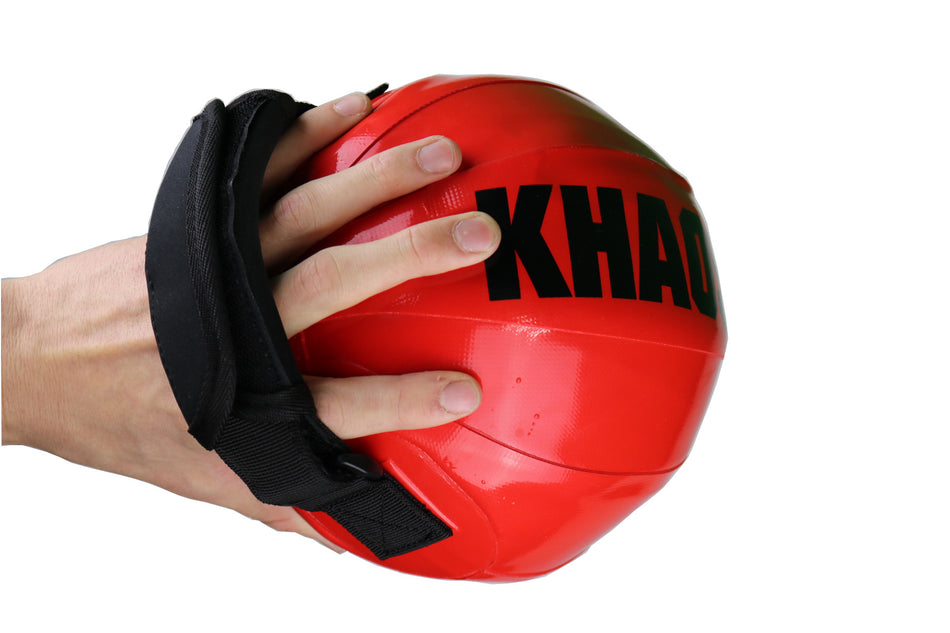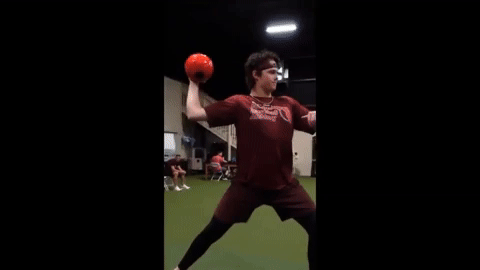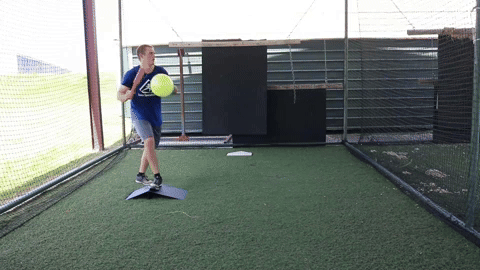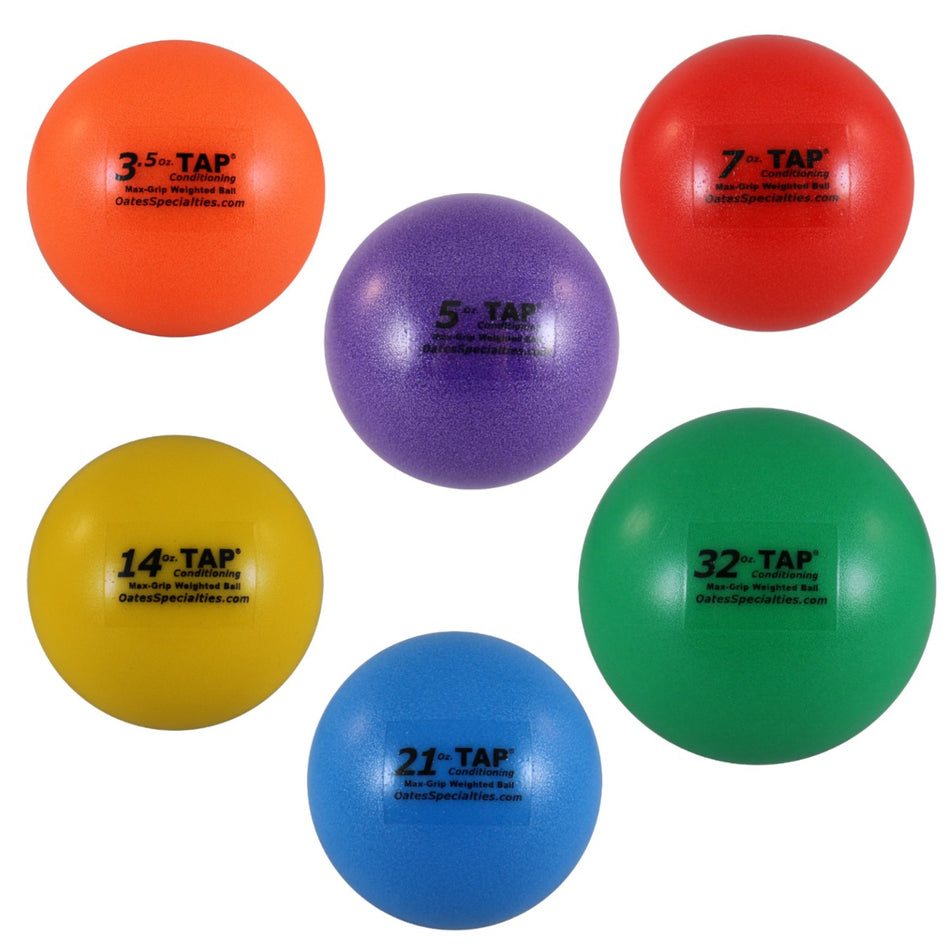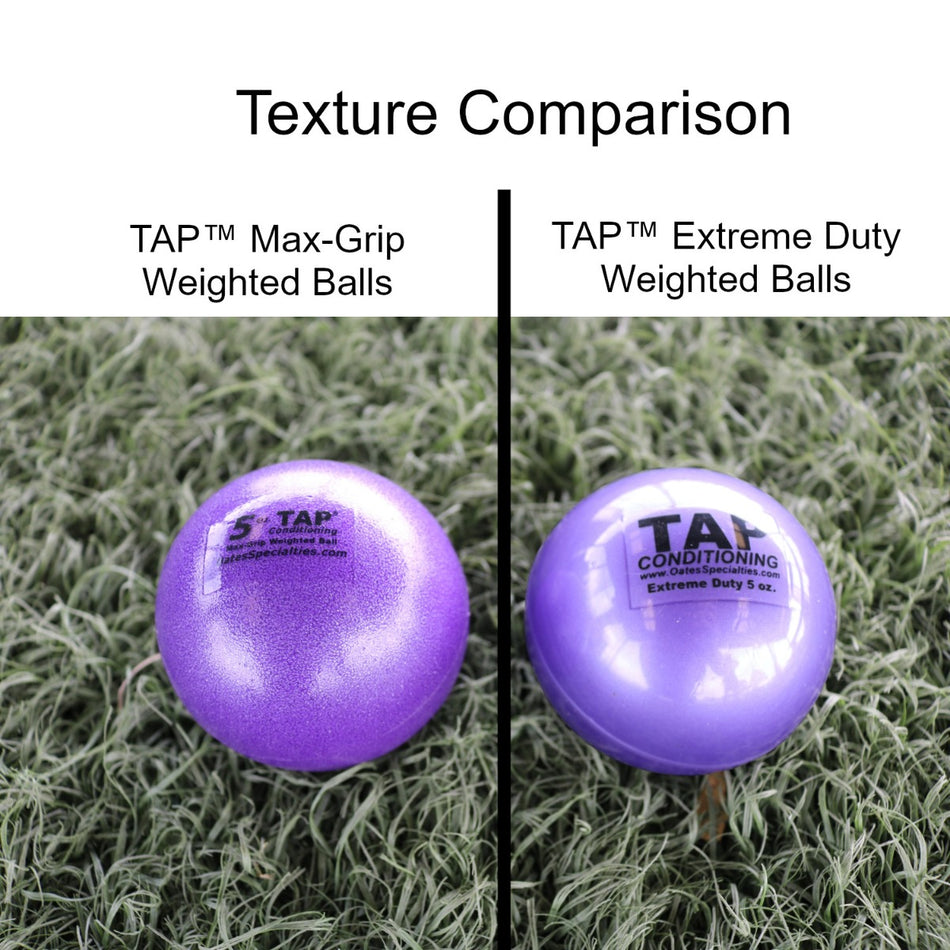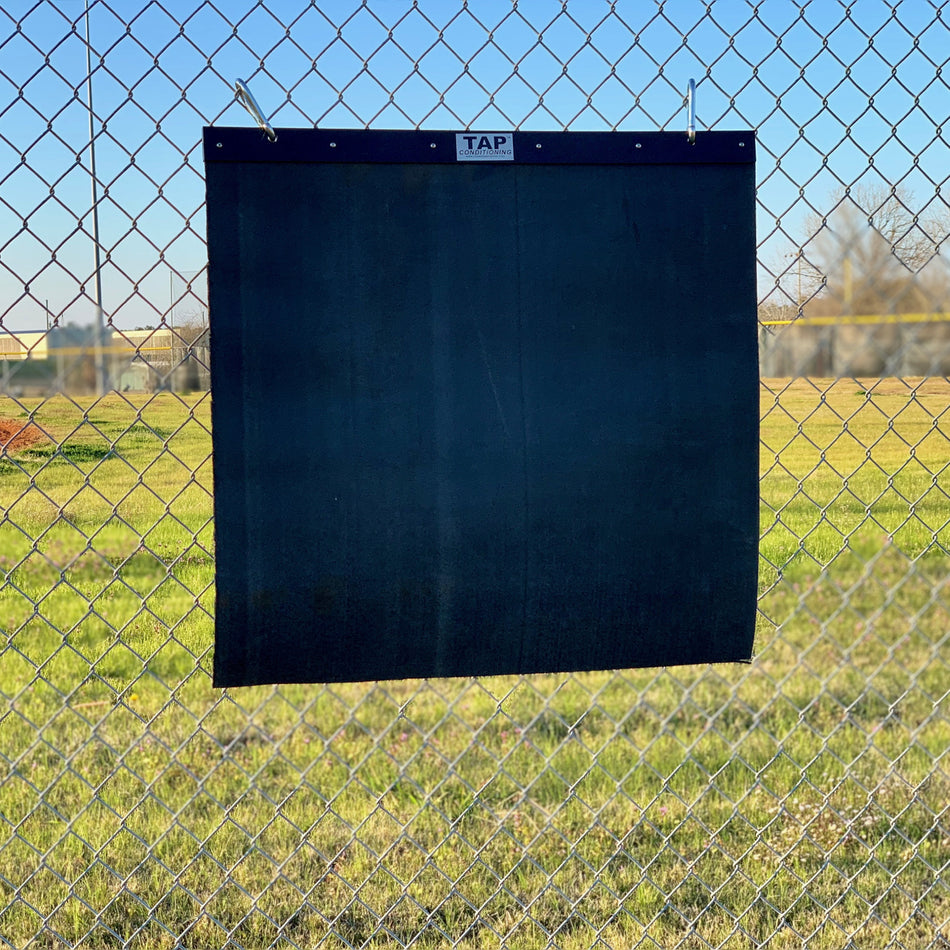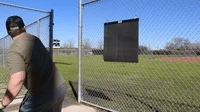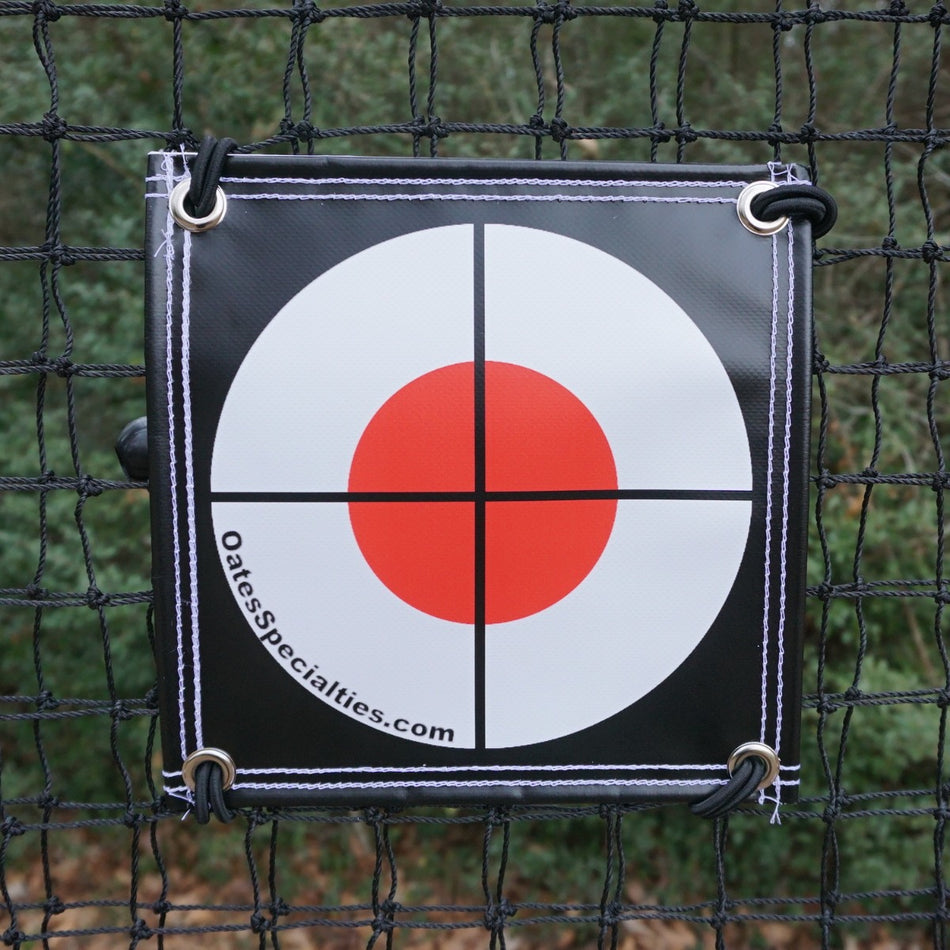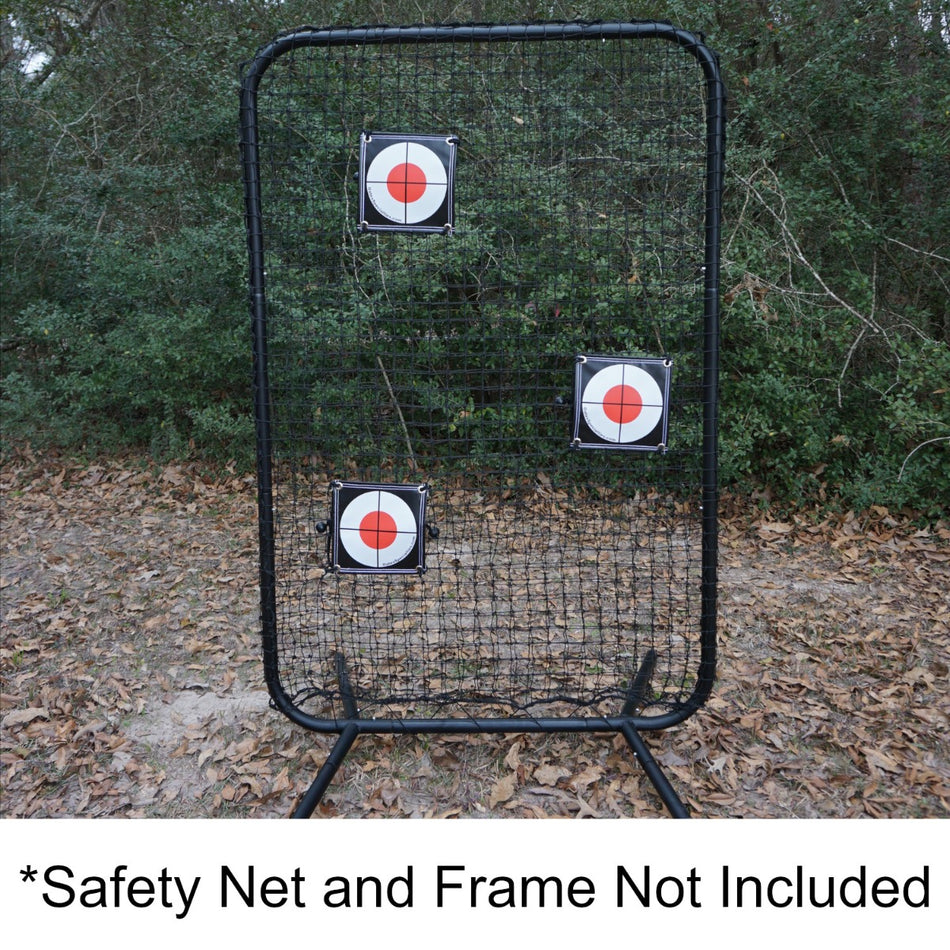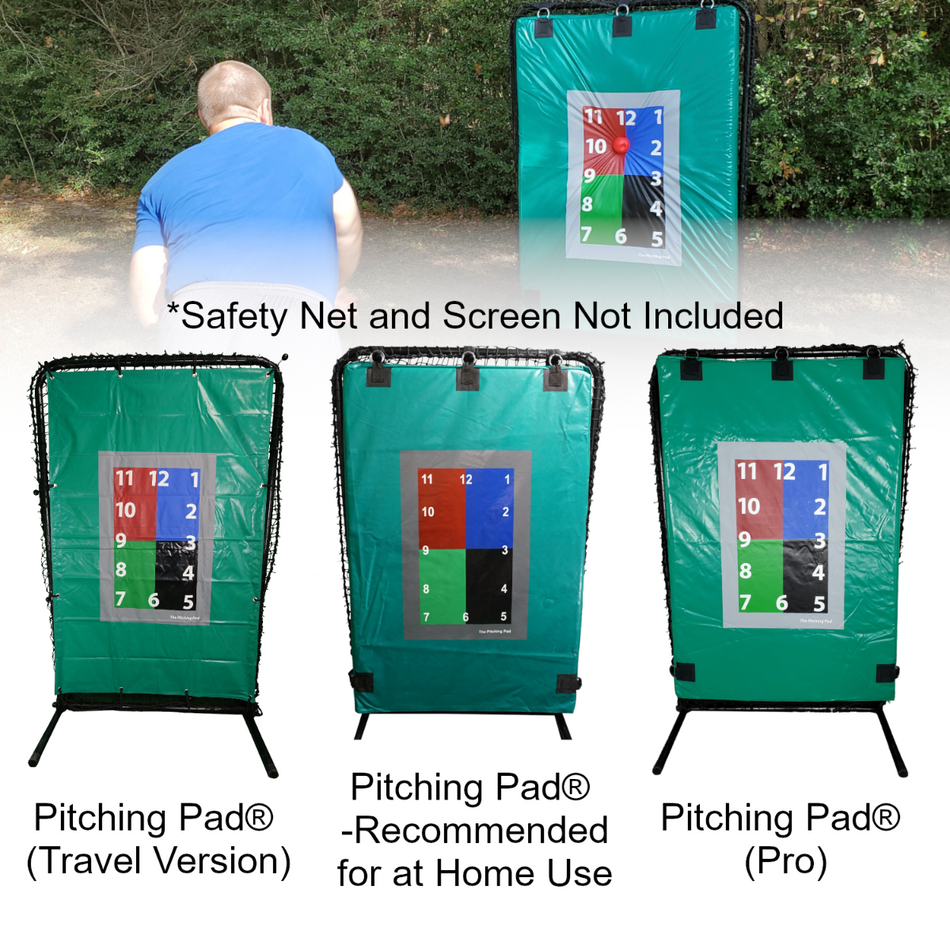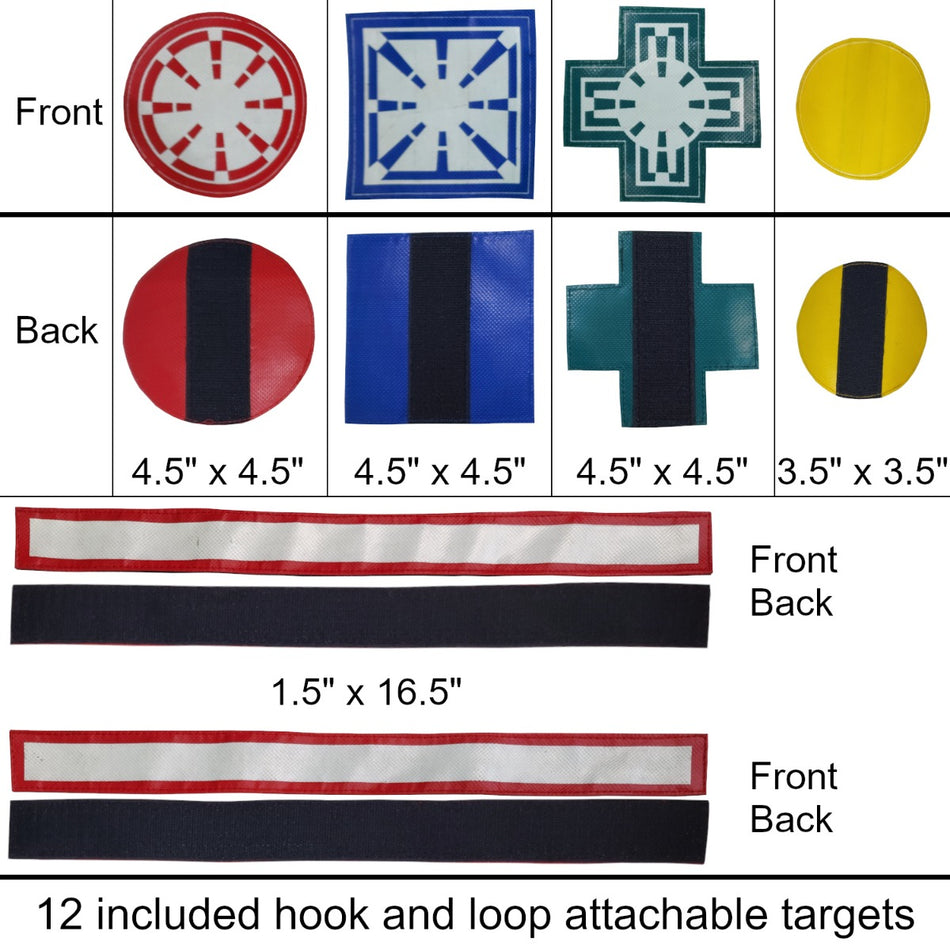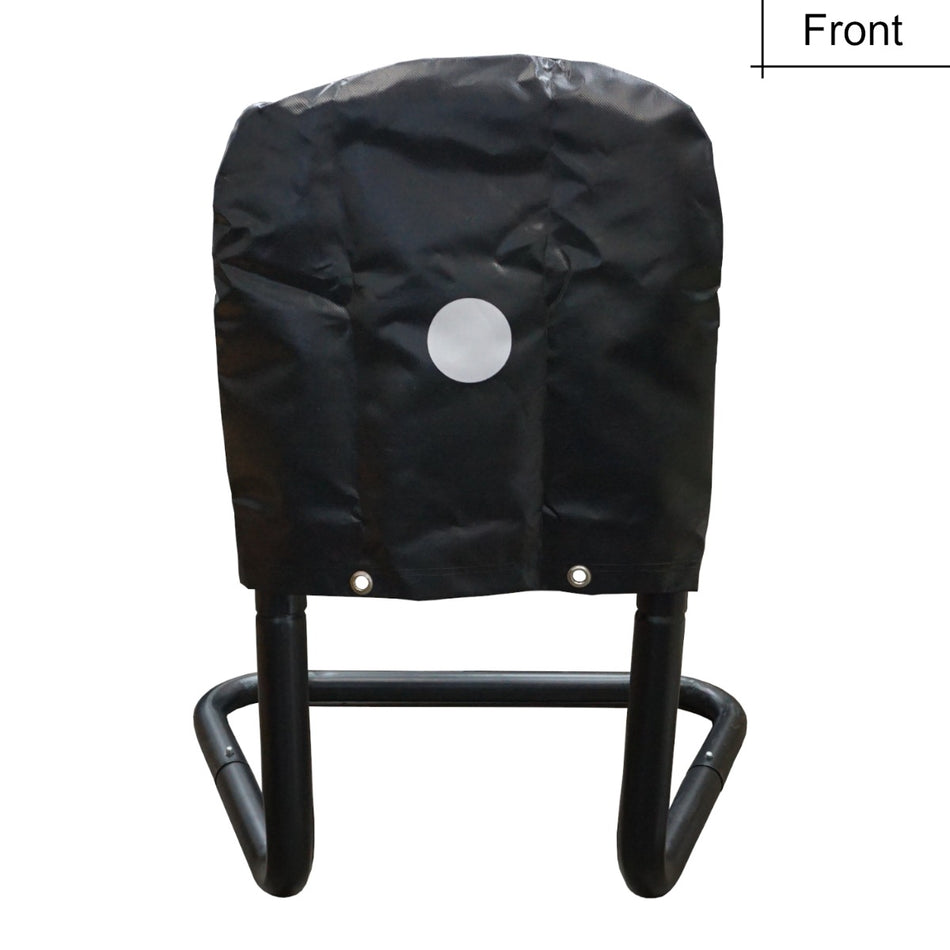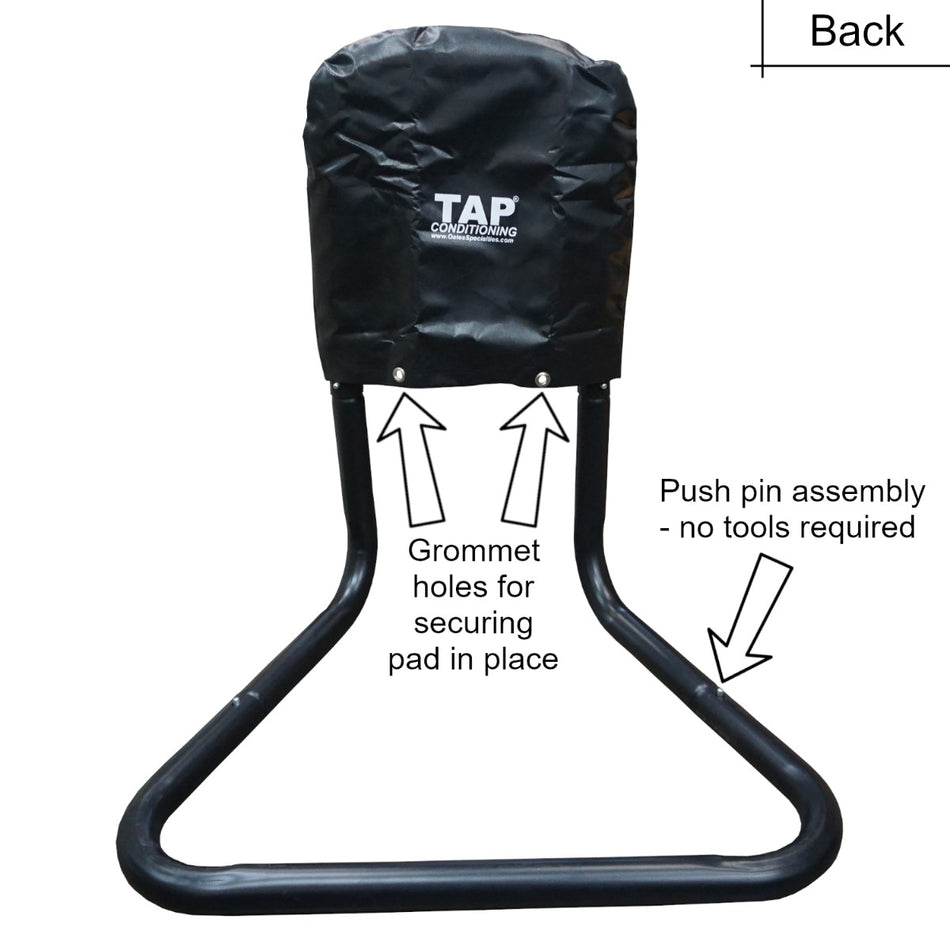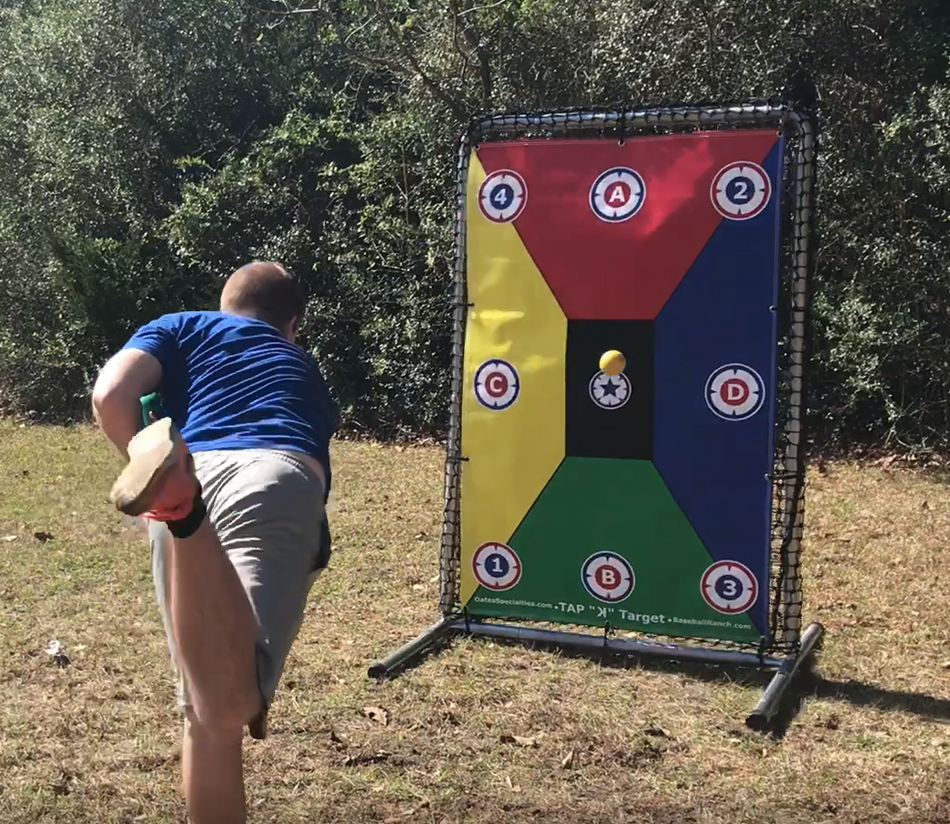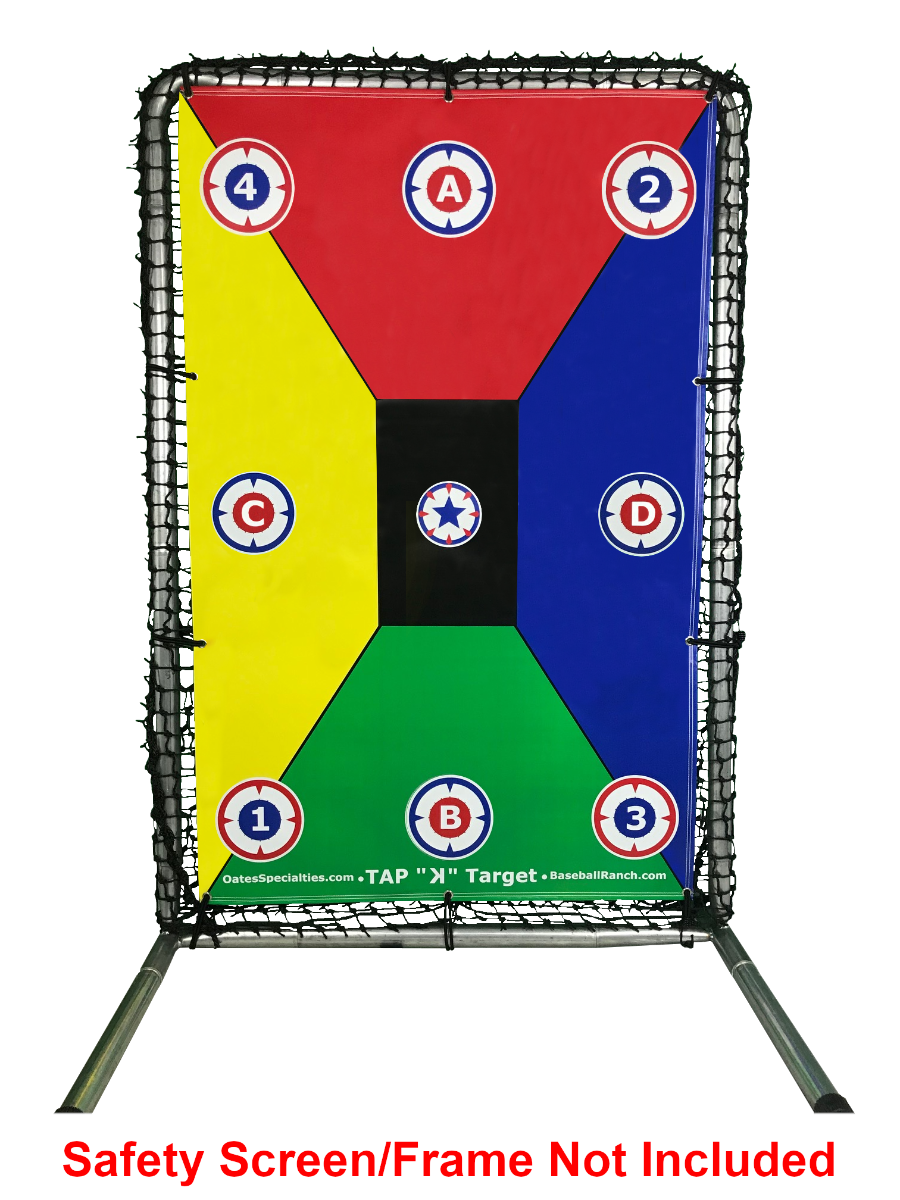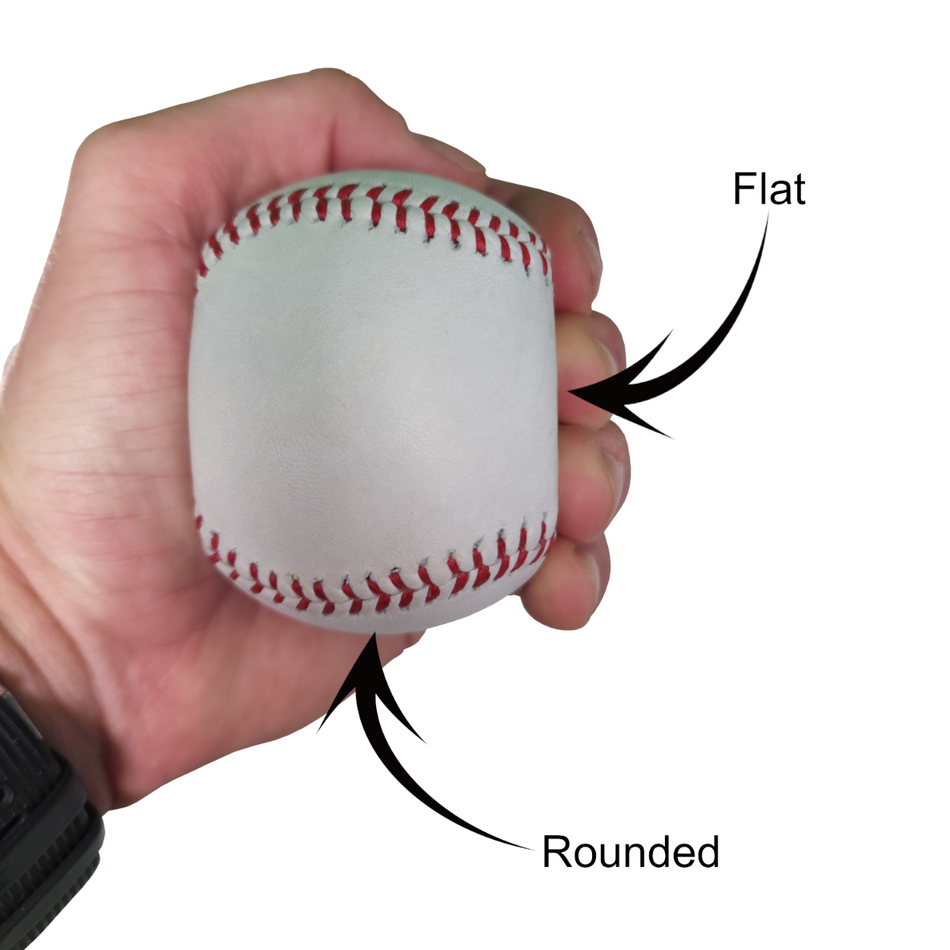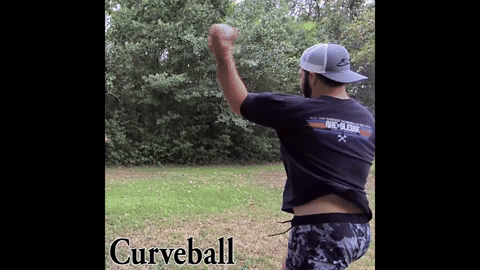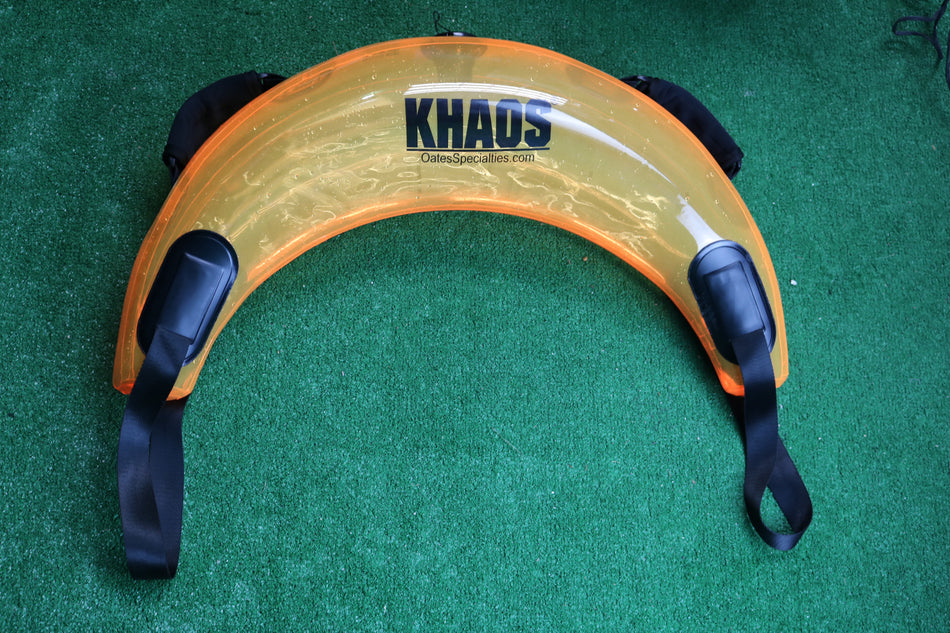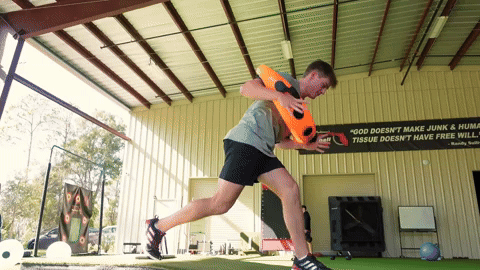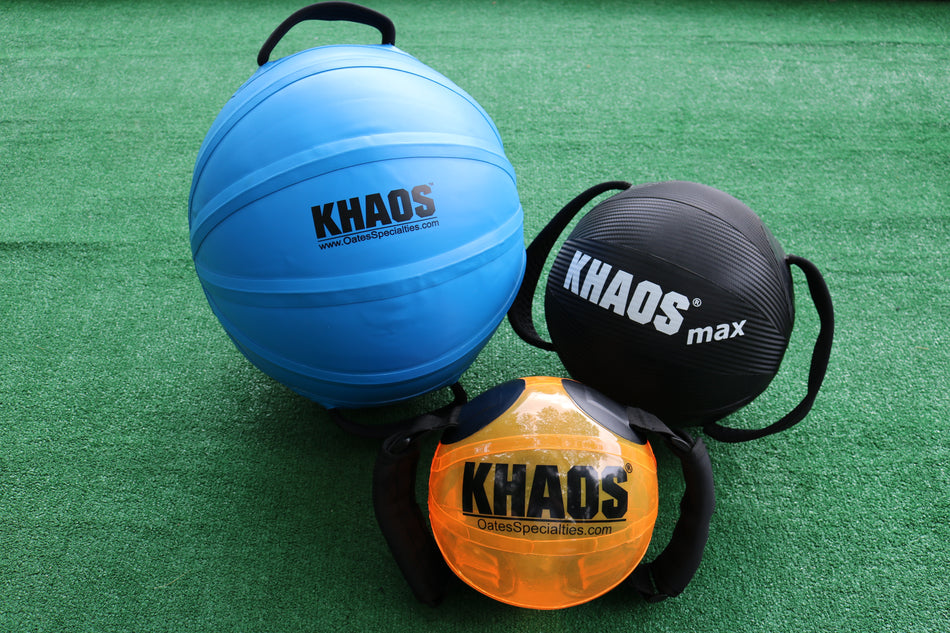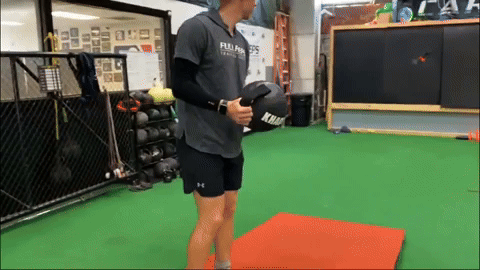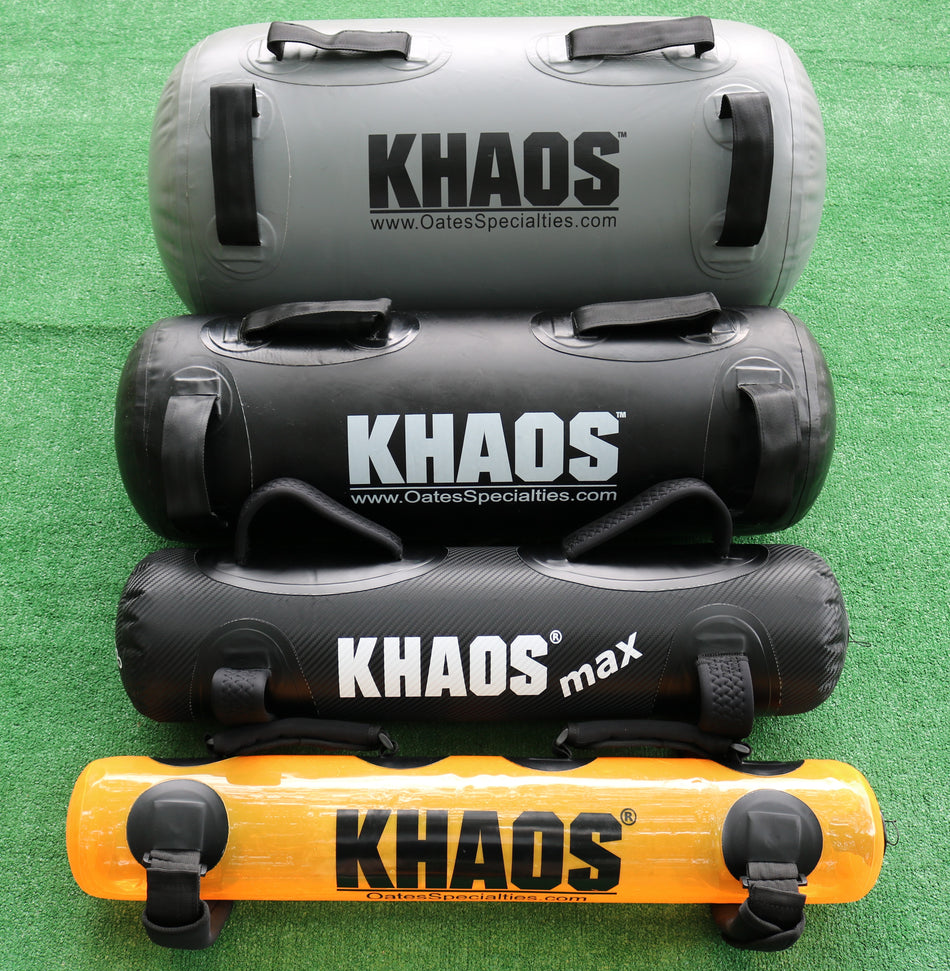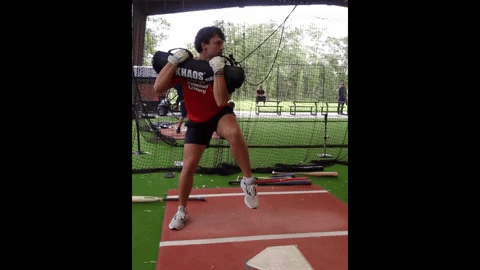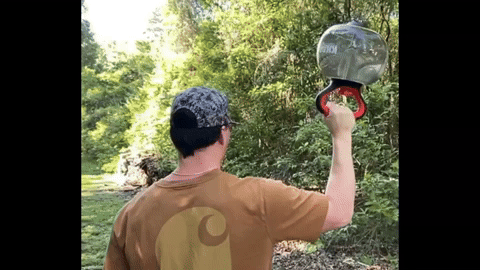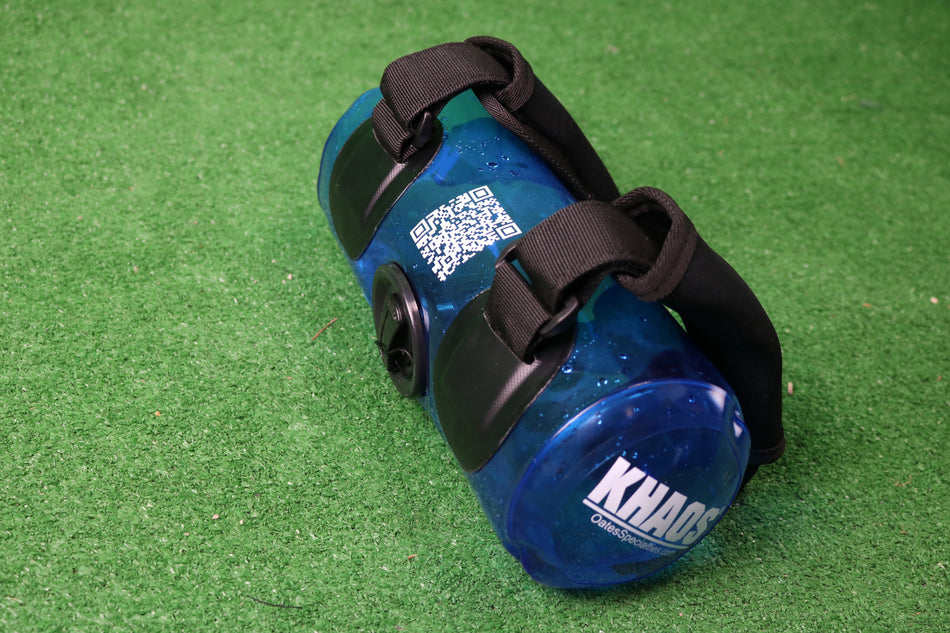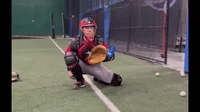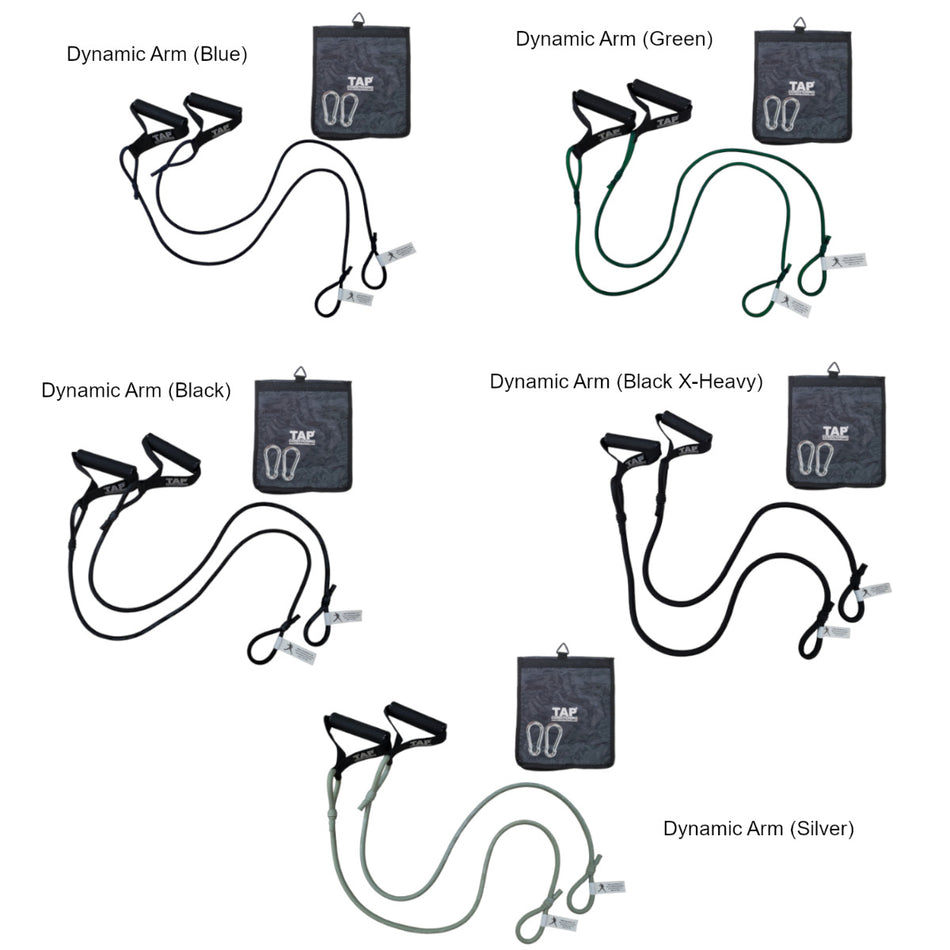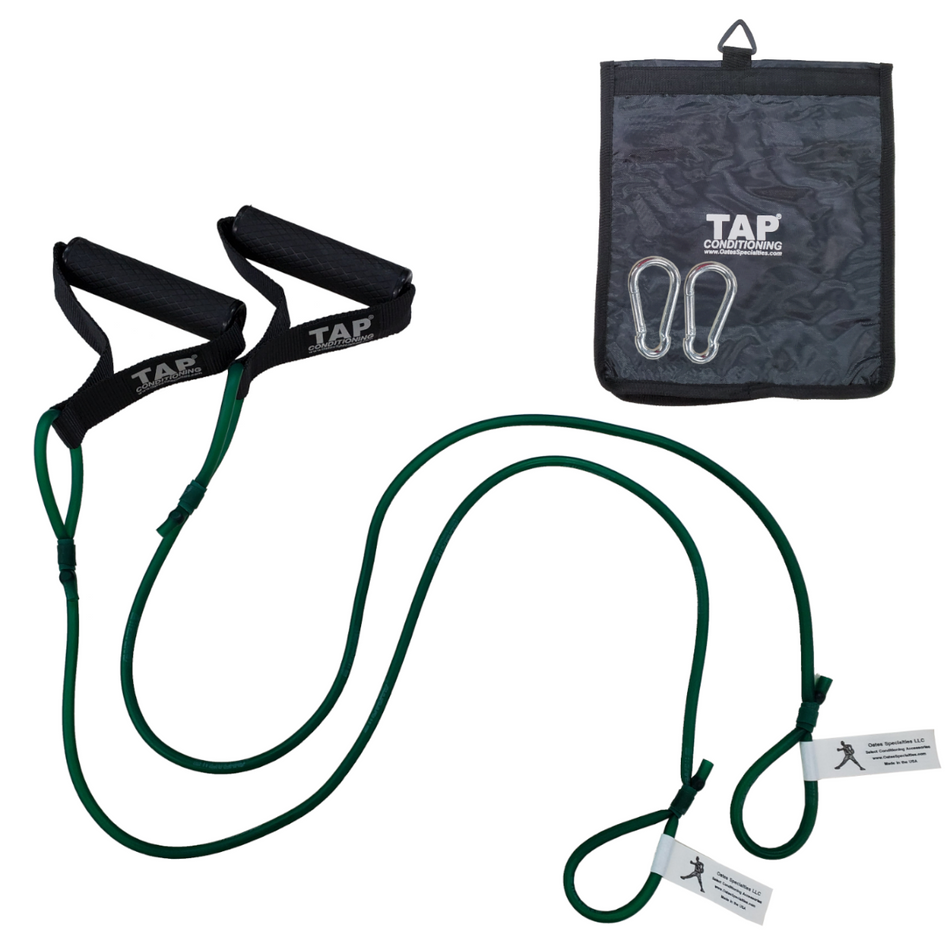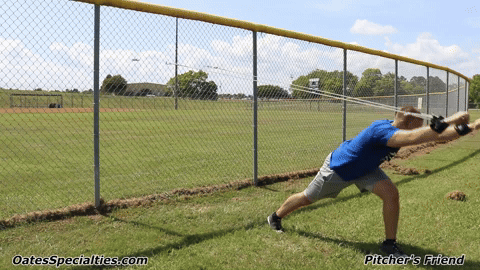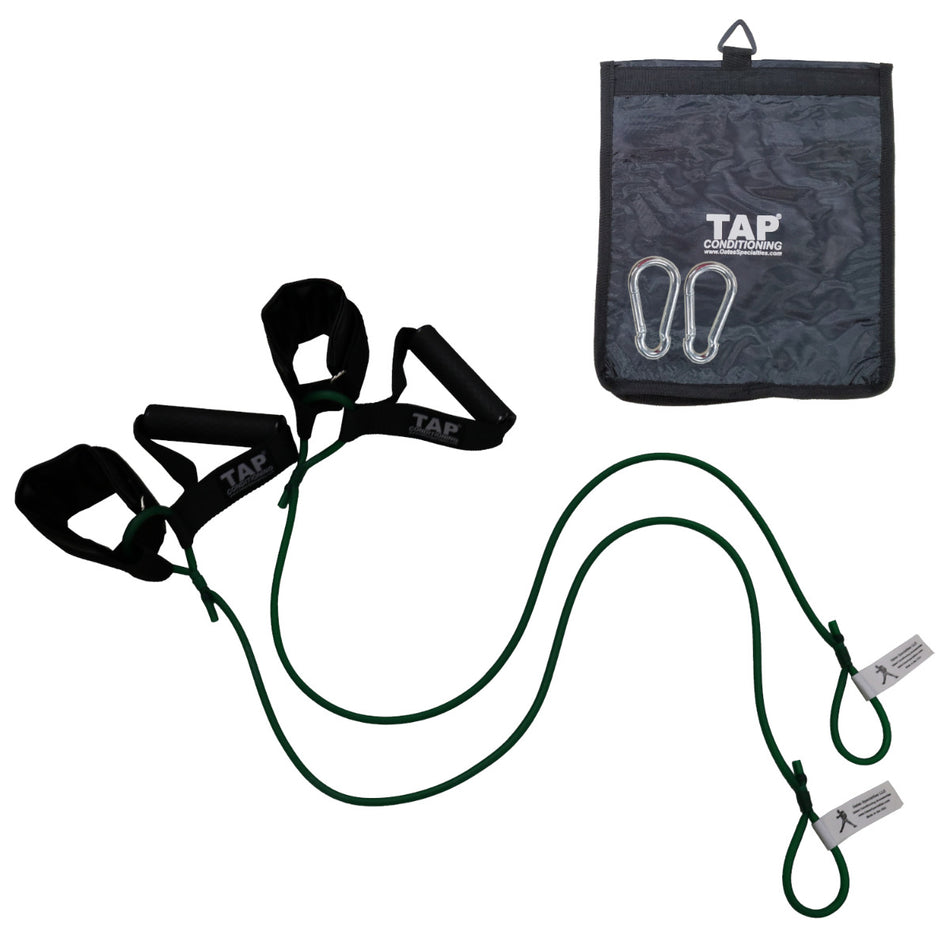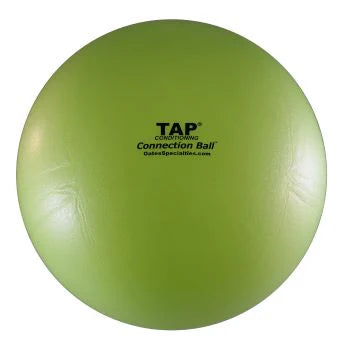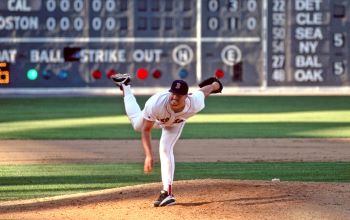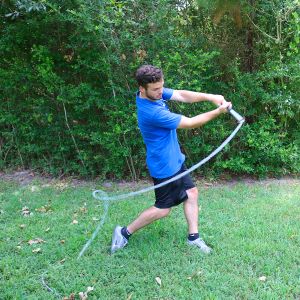Many sports require an athlete to repeat the same motion or movement time and time again which can cause the athlete's body to become unbalanced. Whether the athlete is throwing a baseball, softball, football, shot-put, or discus, or he is swinging a bat, golf club, or tennis racket, these activities force the athlete to use the same muscles through the same range of motion numerous times. This repetitive use by the same muscle groups causes certain muscles to become much stronger than their opposing muscles and according to Mark Verstegen, founder of Athletes Performance, "About 65% of injuries come from overuse, which is repetitive use of joints that are rendered dysfunctional by muscular imbalances."
Opposing muscles and muscle groups are supposed to work together. As they work together certain muscles work as agonist while others are the antagonist. The agonist muscles initiates and causes a specific movement while the antagonist muscles act in opposition to the specific movement being created. When a sport requires an athlete to repeat the same movement, the agonist muscles generating the movement eventually become much stronger than the antagonist muscle which is what can cause trouble and eventually injury.
The majority of athletes, even those at the elite levels, never take much time to address this imbalance in strength throughout their body. That said, muscle imbalance is beginning to become a larger focal point for more athletes as they try and stay off the disabled list. For example, Tiger Woods after every round of golf he plays adds up the total number of swings he took that day and heads into the clubhouse to take that number of swings left handed (he is right handed). This is Tiger's way of keeping his body balanced out as he is now using his antagonist muscles as agonist and his agonist muscles as antagonists. Other types of players who are naturally balanced out better than most are switch hitters in baseball. Every time a hitter swings left handed he is balancing out his body from his right handed swings.
The simplest way to avoid muscle imbalance is to choose exercises that strengthen opposing muscle groups. There are several exercises that can help rebalance an athlete's muscles. The ideal way to fix an imbalance in the body is to force the muscles to work together in their opposite roles, like a switch hitter and Tiger Woods do.
The Speed Chains are one exercise tool able to do just that. For example, if you are a rotational athlete, such as a pitcher, hitter, or golfer, you often have imbalance problems with your core, such as obliques, as well as your lower back. The muscles on one side of your torso naturally become much stronger than those on the other side as the stronger side repeatedly initiates the rotational movement. The Torso Burner Speed Chain is able to rebalance the torso as it forces the entire core to work together as youTorso Burner Speed Chain perform the many rotational and side to side exercises with it. As you move left with the Torso Burner the left side of the torso becomes the agonist with the right side as the antagonist. But as you reach the end of the range of motion and redirect the movement back to the right your right side becomes the agonist and the left side the antagonist. This will happen upwards of 20 times in a mere 6 seconds.
The constant redirection involving the unique variable resistance of the chains is what makes the Torso Burner such a phenomenal tool for rebalancing the mid-section in athletes. The chains, as they begin to move during the exercise, creates a load on the athlete as they are trying to quickly redirect the energy of the chains.
The Torso Burner allows for equally explosive movements to be made both to the left and right which will, over time, rebalance an athlete's mid-section, protecting them from the many oblique and back injuries commonly associated with rotational athletes. Other chain exercises, such as the throwing chain, rotator cuff chain, and kicking chain can all be used to train opposing muscle groups thereby creating more balance throughout an athlete's body. For example, the Throwing Speed Chain can be used to balance out the back of the shoulder with the front and the Kicking Chain can be used to strengthen the hamstrings to help balance out the strength of the quadriceps.
Further, traditional exercises such as medicine ball throws are also able to accomplish this rebalancing of muscles. An athlete can utilize med ball throws such as torques and catapults to train both sides of their body. Many athletes never throw a medicine ball while torquing to their opposite hand side, or throw catapults backwards to strengthen their opposing muscles. This can quickly help to increase the strength and coordination of those weaker muscles.
An adaptation with the medicine balls is to incorporate the slam net with a medicine ball. This product has a handle for the athlete to hold onto while slamming a medicine ball which is located inside of the net. The medicine ball can be interchanged with the desired weight, and it allows for more explosive and dynamic core excercises that incorporate the entire core. Click here fora video of the slam net in use.
In the weightroom, a great tool to help balance out an athlete’s body, especially a rotational athlete, is the TAP CoreBuilder. This piece of equipment has a pivoted sleeve that is capable of 360 degree rotation permitting a wide range of motion in any direction. Using this equipment, an athlete can target the entire core section and both obliques while performing a single exercise. The athlete can also add weight in addition to the leveraged weight of controlling the bar to put more load on his core, lower half, upper body, or whatever the focus of the training session may be. Click here for a video with some of the activities that can be performed with the CoreBuilder:
Without a doubt, balance is extremely important in keeping athletes healthy and at their top playing condition. The Speed Chains, medicine balls, Slam Net, and CoreBuilder are a few products that are able to correct this problem as it allows users to continue using the muscle groups together while switching which groups are the agonist and antagonist.
Until next time, Brian Oates
Brian@Oatesspecialties.com


